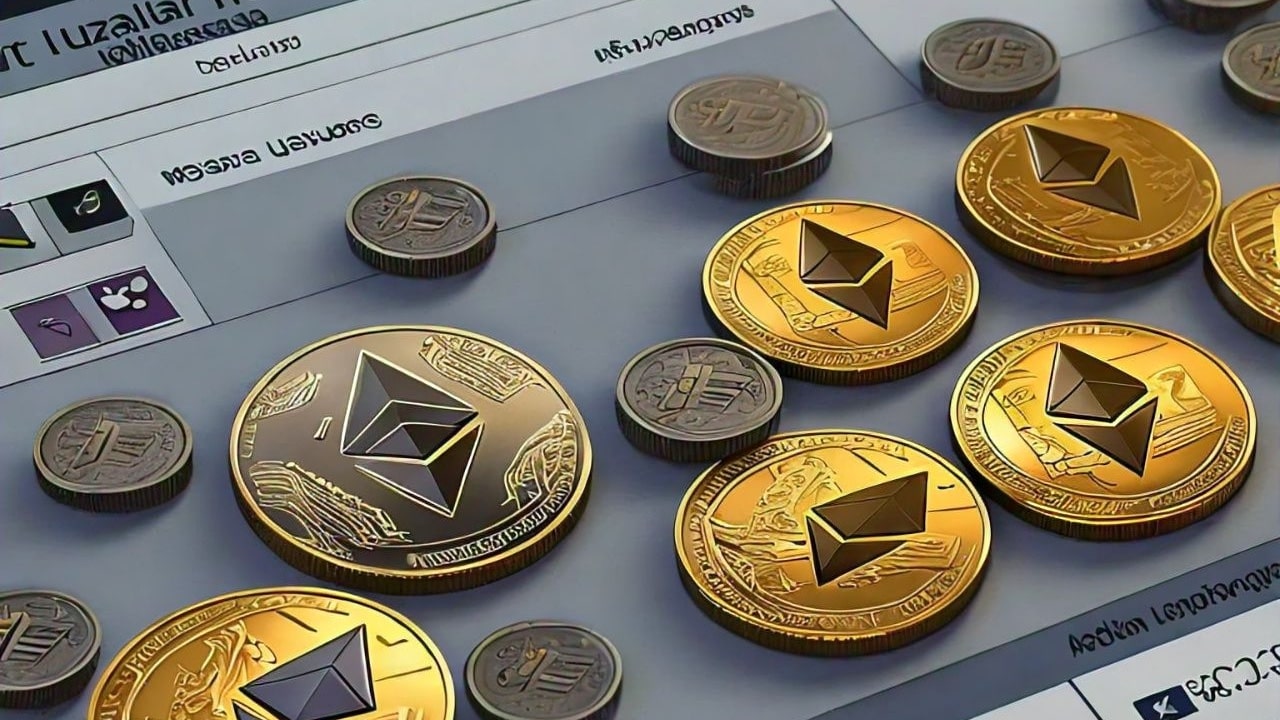Ethereum (ETH), the second-largest cryptocurrency by market capitalization, has seen a sharp increase in transaction fees, surging by nearly 60% this week.
Activity on Ethereum picked up significantly this week, with total fees increasing by nearly 60% as people return from holidays. pic.twitter.com/HvJhVWxaqZ
— IntoTheBlock (@intotheblock) September 13, 2024
According to on-chain data from the blockchain analytics platform IntoTheBlock, the 60% fee hike was triggered by increased activity on the Ethereum network, thanks to users returning from their summer break. A higher volume of transactions accompanies the current metric and, consequently, a jump in overall fees.
Ethereum Sees Decline in Mining Wallet Balances
In separate on-chain data provided by Santiment, there has been a decline in mining wallet balances for Bitcoin and Ethereum in 2024. Santiment, in a tweet, highlighted that Bitcoin and Ethereum mining wallets have been holding less supply since early 2024. Ethereum mining wallets now collectively hold 1.18 million ETH, representing about 4.5% of the total supply, down from the 2024 peak on June 10.
With the recent mild recovery in the crypto market, Santiment has advised traders to monitor any increase in mining wallet supplies, as this could indicate the beginning of the next bullish phase.
At the time of writing, ETH’s price has risen 3.16% in the last 24 hours to $2,419. Over the past 90 days, Ethereum has dropped by 34%, notably lagging behind Bitcoin, which has decreased by just 15% in the same timeframe.
Waning Demand for Ether
The ETH/BTC ratio has fallen approximately 22% over the past three months, hitting a multi-year low of 0.04057 on September 11. The drop in the ratio suggests waning demand for Ethereum, as investors prefer Bitcoin.
The number of active addresses can be a quick indicator of blockchain usage and demand for ETH. Currently, the 30-day average for daily active addresses on Ethereum is 430,250, representing a 7.7% drop from 90 days ago and falling significantly short of the 686,350 recorded in May 2021. The decline indicates reduced user interaction with the Ethereum layer-1 blockchain, resulting in fewer ETH transactions.
Additionally, analyzing unique active wallets (UAWs) offers insights into Ethereum’s decentralized application (dApp) activity. DAppRadar, a platform tracking dApps across blockchains, reports a 19% drop in Ethereum’s DApp addresses over the past 30 days, while Solana and TRON saw UAW increases of 257% and 343%, respectively.
